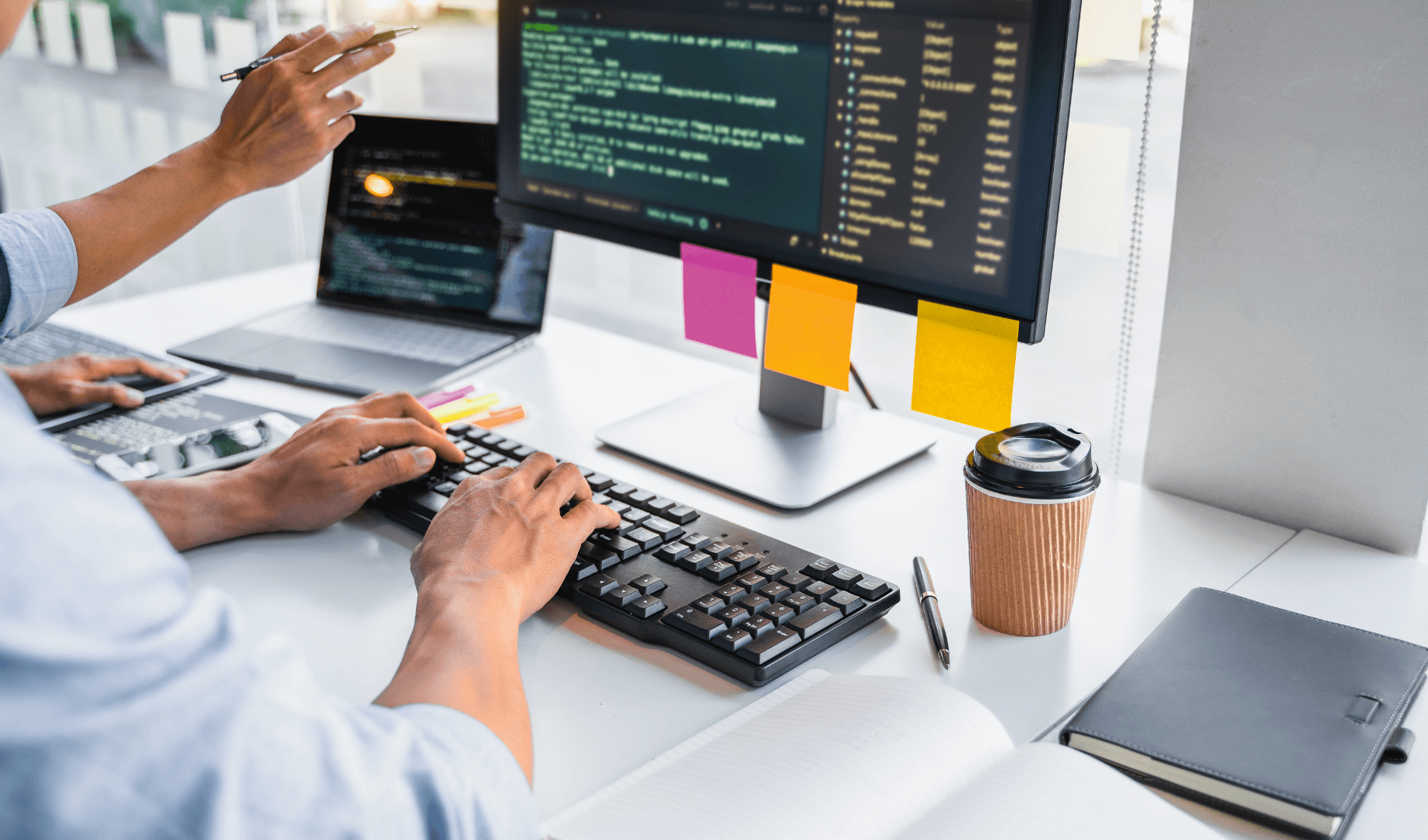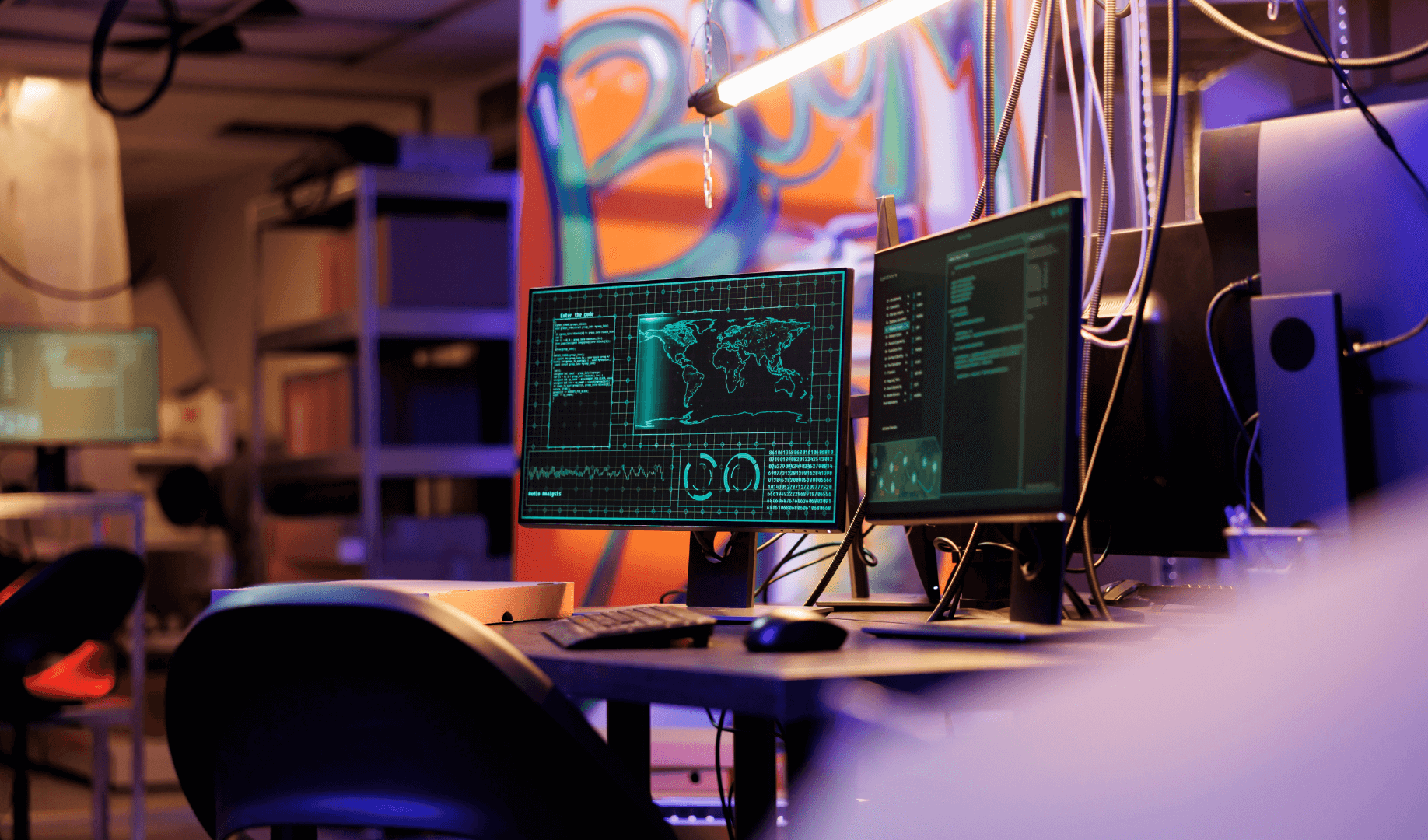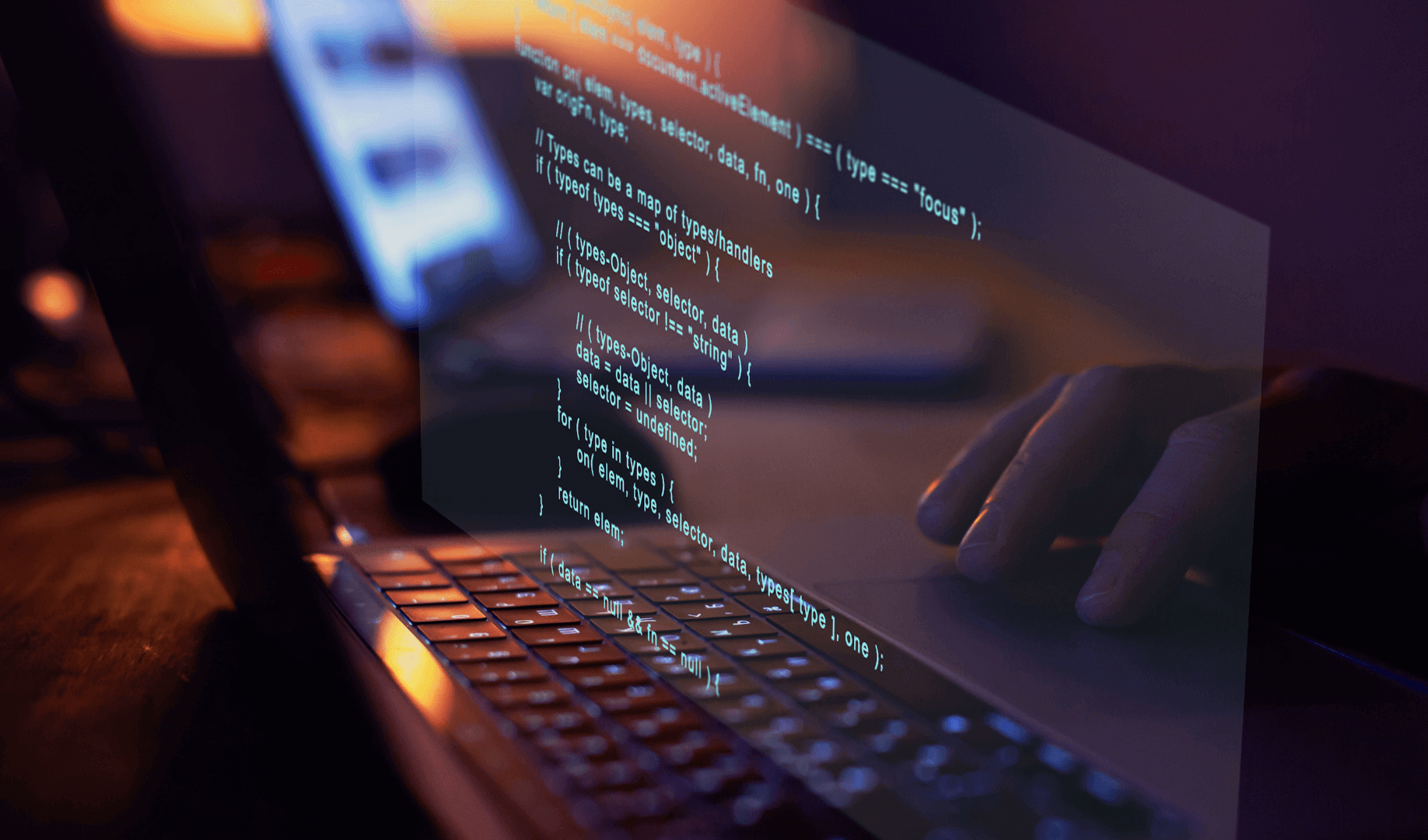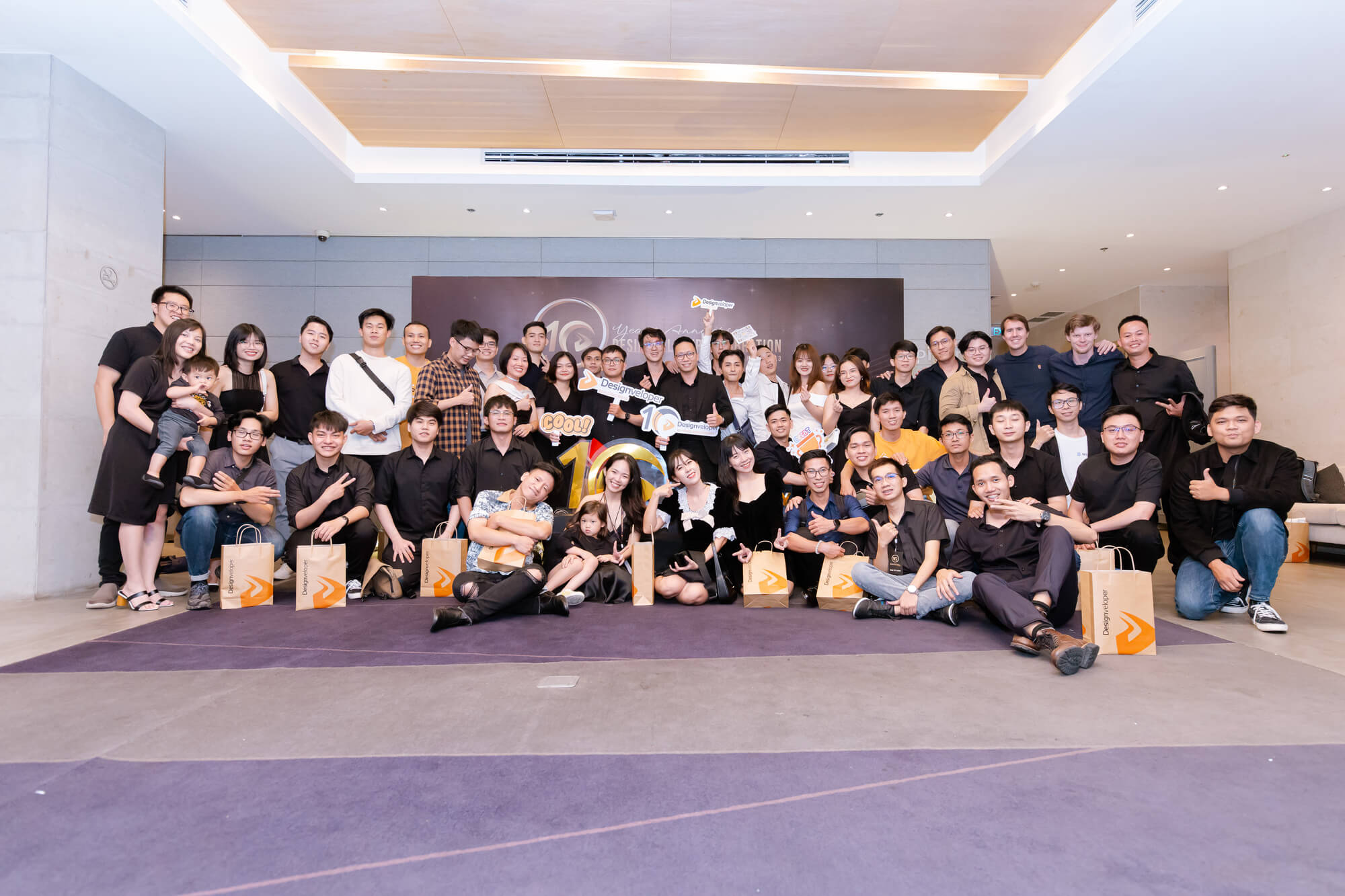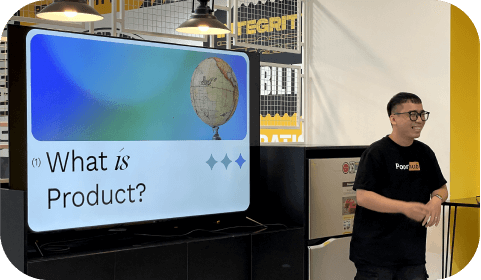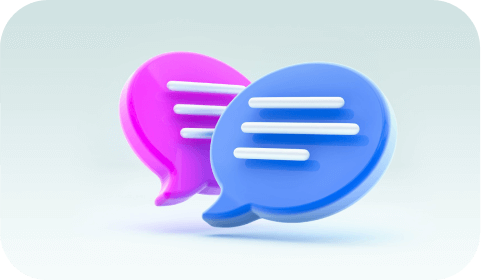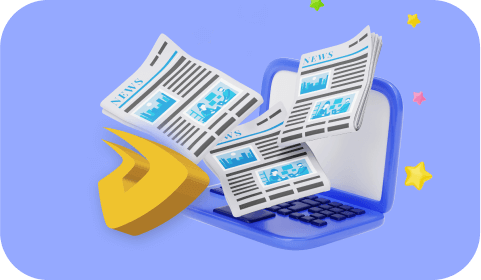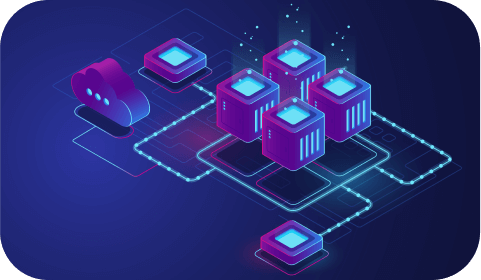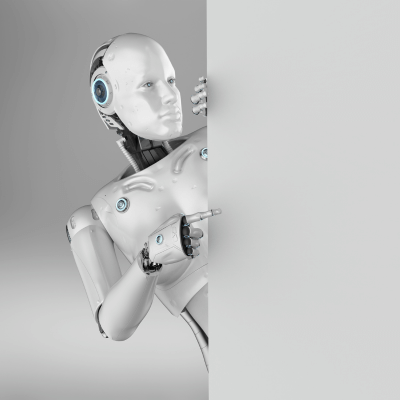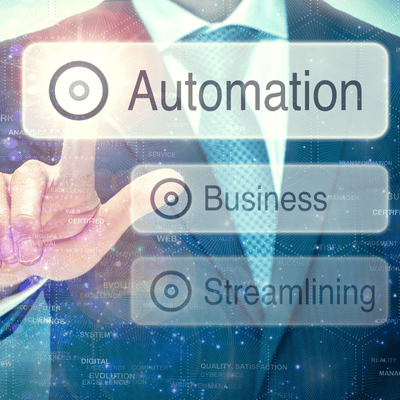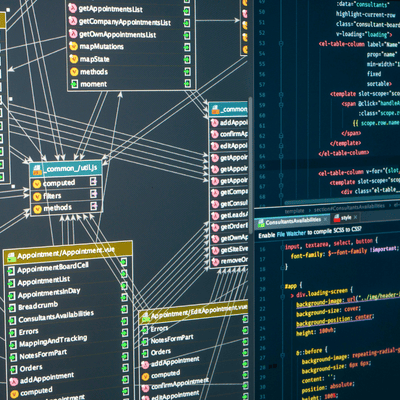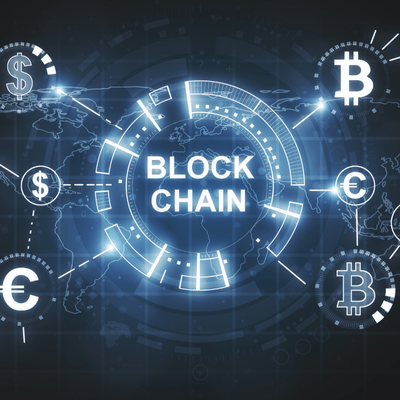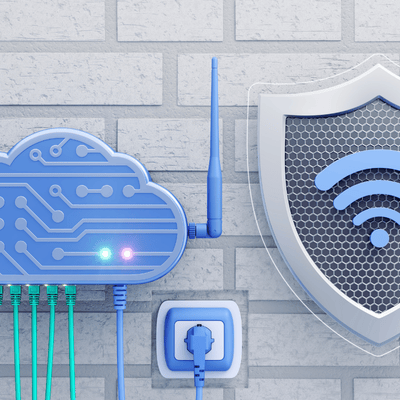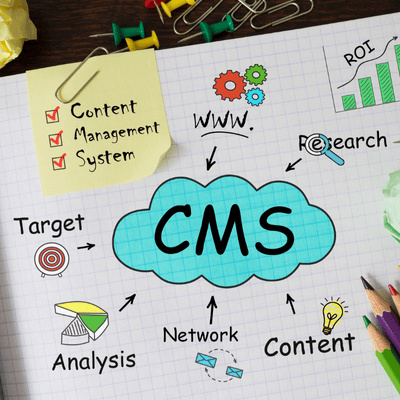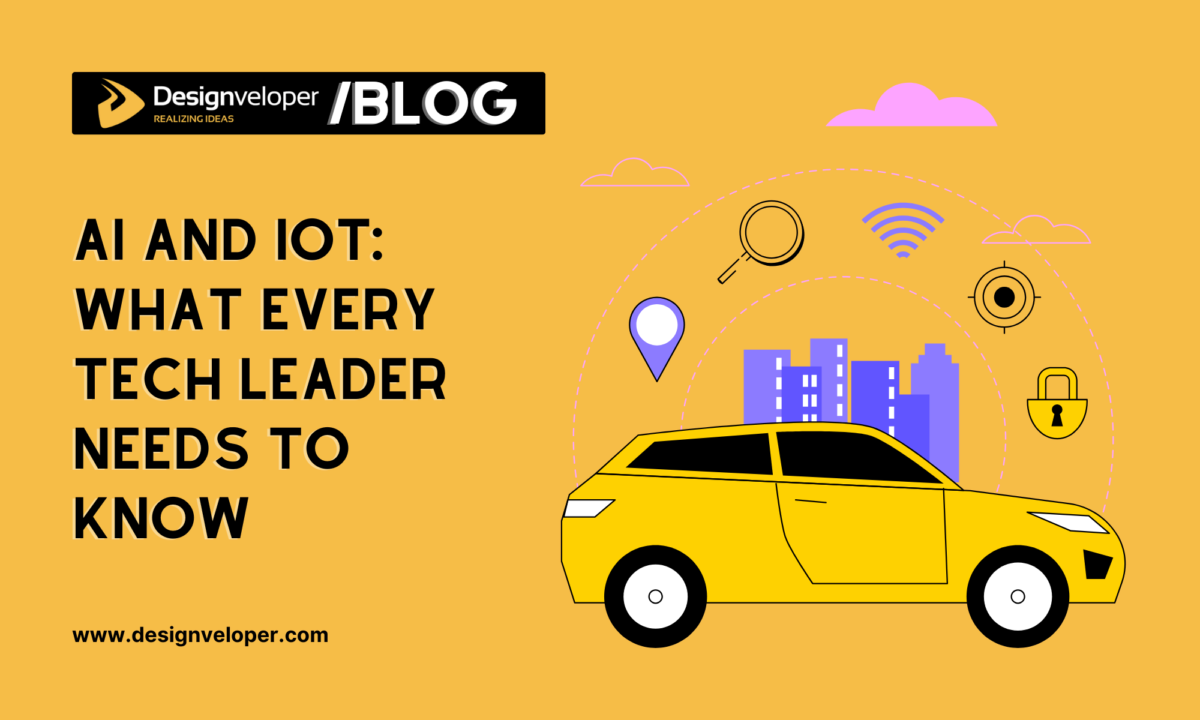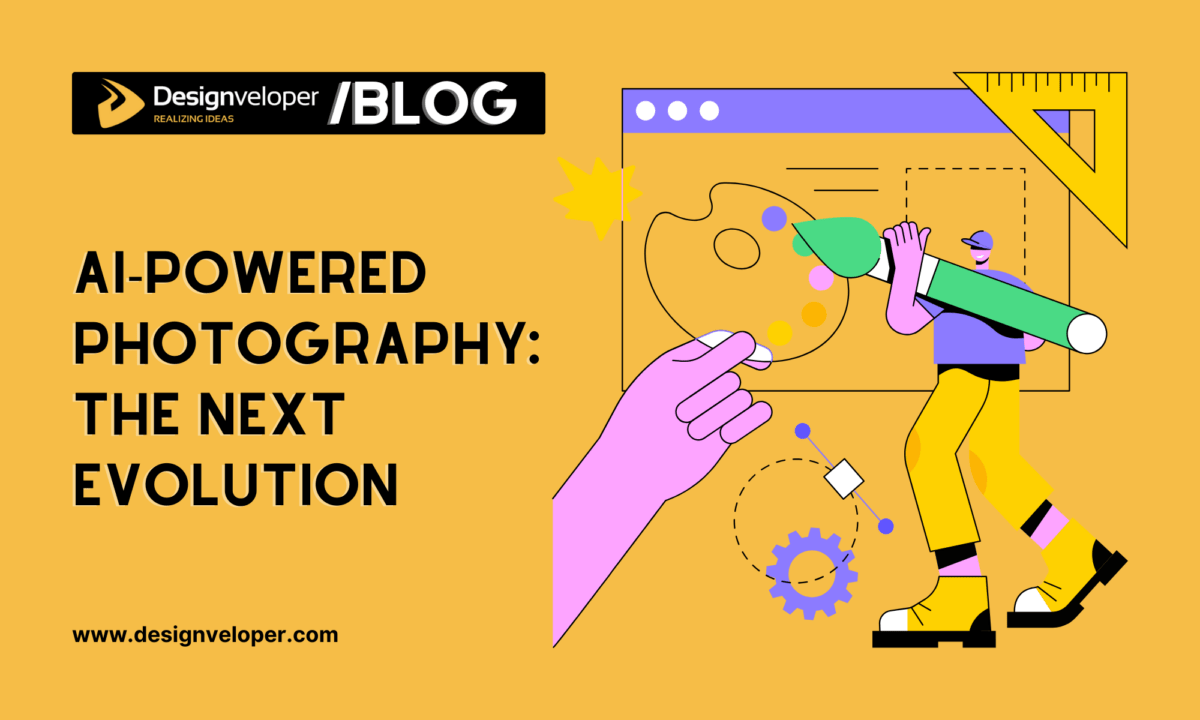
AI and IoT are reshaping how businesses operate in 2025. This year, global enterprises are estimated to install $307 billion into AI solutions , which is projected to more than double to $632 billion by the end of 2028 . At the same time, the amount of connected IoT devices is projected to increase to 18.8 billions by the end of 2024, up a 13% year on year.
The convergence of AI and IoT, often referred to as AIoT, is enabling real-time decision-making and automation across various industries . For example, in IoT sensors of smart cities and AI make use of traffic flow and energy consumption. Walmart is using AI tools in the retail sector to compress product development cycles from six months to six weeks .
As AI and IoT technologies continue to evolve, tech leaders must stay informed about these advancements to remain competitive. Understanding the strategic integration of AI and IoT is crucial for driving innovation and achieving operational efficiency in today’s rapidly changing technological landscape.
The Strategic Role of AI and IoT in Business
AI and IoT are reshaping how businesses operate in 2025. By integrating AI and IoT, companies can enhance efficiency, reduce costs, and gain a competitive edge.
How AI and IoT Improve Decision-making and Automation
AI and IoT are revolutionizing decision-making and automation in 2025. Through the amalgamation of some of the calculations of AI along with real time data collection facilitated by IoT, businesses can make better faster decisions.
In manufacturing, AI and IoT enable predictive maintenance. Sensors are preinstalled in the machines that monitor the performance and predict failure before it happens. This helps reduce the time for shutdowns and maintenance. AI algorithms are used for example in factories that analyze the data from the sensors and detect patterns that could imply a problem in the future. They address these proactively and keep on continuous operations and enhance efficiency.
In supply chain management, AI and IoT enhance logistics and inventory control. To keep track of goods in real time, smart sensors are used, and the AI analyzes the data that provides the best routes or stock levels. As a result it leads to faster deliveries and less waste. This allows companies to adapt to fluctuations in demand and products are in place when they’re needed.

Retailers also benefit from AI and IoT integration. Stock on shelves is monitored by smart shelves and sensors, while AI predicts customer buying patterns. This improves the stock on shelves and ensures that customers are satisfied and sales run well. Additionally, energy management systems use AI and IoT to monitor and optimize energy usage in stores, reducing costs and environmental impact.
In agriculture, AI and IoT improve crop management. Soil moisture and temperature, as well as health and crop, are measured with sensors. This information is then analyzed by AI and guides you on irrigation & fertilization schedules. It allows the farmers to make informed decisions and help increase the yields and practice of sustainability.
Real Example: Predictive Analytics in Supply Chains or Manufacturing
AI and IoT are transforming supply chains and manufacturing through predictive analytics. These technologies help companies predict difficulties, optimize the processes, and increase efficiency.
During 2024, 41% of manufacturers adopted AI in managing their supply chain data, and this makes them more responsive and efficient. With this integration they are able to monitor in real time and take proactive decisions.
Predictive analytics was deployed at General Motors across its production lines, with the result that unplanned downtime was reduced and maintenance costs decreased. Analysing sensor data, GM can schedule the maintenance before equipment failures and thus keep the continuous operations.
The global AI in supply chain management market is estimated to grow at a rate of 30.3% for the next eight years to reach $22.7 billion by 2030. This growth reflects the increasing reliance on AI and IoT to enhance supply chain resilience and efficiency.
By integrating AI with supply chain operations companies are realizing 3–8% increase in productivity and 10- 25% reduction in cost in the energy sector. They are improvements that result from, for example, improved resource and production capabilities and better decision making.
FURTHER READING: |
1. Will AI Replace Programmers? Friend or Foe? |
2. How has Generative AI Affected Security? A Comprehensive Analysis |
3. Examining Computer Vision Deep Learning Methods |
Actionable Steps for Tech Leaders
AI and IoT are reshaping business strategies in 2025. As these technologies become more accessible and integrated, tech leaders must act decisively to harness their full potential.
Invest in Scalable Infrastructure
AI and IoT are reshaping business strategies in 2025. The more these techs become available and merged, it is critical for tech leaders to take the lead in realizing their potential.
The projection is that in 2022, global enterprises expect to invest $307 billion dollars in the use of AI solutions this year, and then in 2028, will grow the expectation by over double – $632 billion. At the same time, the AI in IoT market is projected to grow from $15.34 billion in 2024 to $19.49 billion in 2025 at a compound annual growth rate (CAGR) of 27.0%.

Unfortunately, many organizations are unable to scale AI effectively. During the Phoenix Global Forum, leaders of AI said that although AI can yield enormous returns on investment, it can only be absorbed when strategically planned and under unison.
Based on that, tech leaders should be focused on building scalable infrastructures, building cross functional teams, and on prioritizing data governance for them to stay competitive. Embracing AI and IoT integration is no longer optional but essential for driving innovation and operational efficiency in today’s rapidly evolving technological landscape.
Build Cross-functional Teams (AI, Data Science, IoT Engineers)
Building cross-functional teams is essential for successful AI and IoT integration in 2025. These teams unite a number of disciplines in order to innovate and to work efficiently.
AI specialists, data scientists, IoT engineers, software developers, and business analysts are teaming together in cross functional teams. Each member contributes unique skills, ensuring that AI and IoT projects are both technically sound and aligned with business objectives.
For example, Procter & Gamble launched cross functional teams that included people in the R&D, marketing, and supply chain areas. It relied on an AI powered insight for these teams, and also helped them adapt to the market changes in most cases, help developing the product with marketing strategies.
Disney’s cross functional animators, data scientist and business strategist alike utilize AI to predict audience preferences and adjust accordingly. As a result, content and experiences become global .
Often by breaking down silos among different departments or organizations, a lot of collaboration among all parties can take place, and as such, better decision making can be fostered. It results into more cohesive strategies with better outcomes.
Prioritize Data Governance and Compliance
In 2025, data governance and compliance are essential for organizations integrating AI and IoT technologies. However, to make full use of these technologies, they converge, requiring data to be managed effectively and ethically.
According to a report by Precisely and Drexel University earlier this year, approximately, 71% of the organizations have already adopted data governance programs compared to 60% last year. However, in agreement with Du Bois, these programs have resulted in better data analytics quality, better data quality, and more collaboration.
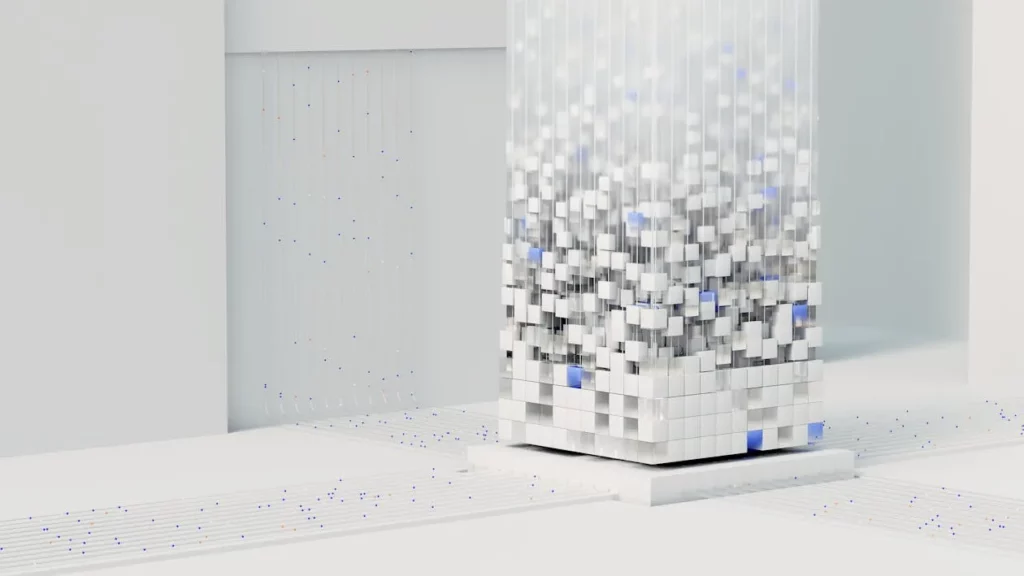
The European Union’s AI Act , which is due to shape global standards, also emphasises the importance of making AI systems more transparent and accountable . Ensure that the organization’s AI applications comply with these changing regulations to avoid legal consequences.
In the United States, the New York State Department of Financial Services has issued guidance for financial institutions to update risk assessments annually, focusing on AI-related threats such as deepfakes. Access to sensitive data must be protected by multi-factor authentication by November of 2025 at the latest .
The integration of AI and IoT, referred to as “ai and iot,” necessitates real-time data governance. If organizations want to handle streaming data from IoT devices effectively , then they have to spend on solutions that can monitor , verify and ensure that data governance policies are in place in real-time .
FURTHER READING: |
1. IoT Security Risks and How to Prevent Them |
2. IoT Infrastructure Guide for Beginners in 2025 |
3. 15 Best IoT Companies to Partner With in 2025 |
What’s Next: 2025 and Beyond
The fusion of artificial intelligence and the Internet of Things—commonly known as AI and IoT—is transforming industries worldwide. This integration is accelerating to 2025, transforming business and how companies create and innovate.
Emerging Trends (Edge AI, Autonomous IoT Networks)
Edge AI and autonomous IoT networks are reshaping the landscape of AI and IoT in 2025. Speed, smarter and more efficient systems in many industries are facilitated by these innovations.
Edge AI: Processing Data at the Source
Edge AI is processing data on edge devices to reduce latency and enable real time decisions. A report states that the global edge AI market is to rise from $27.01 billion in 2024 to $269.82 billion by 2032, at a significant CAGR of 33.3%.
Industries like healthcare, manufacturing, and telecommunications are driving this growth by seeking to enhance operational efficiency and reduce latency. For example, McDonald’s has teamed up with Google Cloud to carry out edge computing, letting AI in drive throughs and virtual managers enhance customer service and operationally, drive profitability .
Autonomous IoT Networks: Self-Managing Systems
AI is used by autonomous IoT networks to minimally and autonomously manage and optimize their operations. These networks are able to detect anomalies, separate compromised devices and ensure system integrity .
AIoT is the new rise of integrating AI into IoT devices making their functional and deliver value added services. Predictive maintenance and autonomous decision making are becoming a staple into the future – and this is the integration that is going from the theoretical ideal to market reality .
As AI and IoT technologies continue to evolve, embracing edge AI and autonomous IoT networks will be crucial for tech leaders aiming to stay competitive and drive innovation.
Strategic Advice: Stay Agile and Team Up with Experts
The AI and IoT landscape is evolving rapidly. In 2025, AI in the IoT market is estimated to reach $19.49 billion and grow at a CAGR of 27.0%, globally. The rise speaks in favor of agility and the need for collaboration with the seasoned experts.
Since 2013, when Designveloper was founded, we have always been on the cutting edge of this change. Over 90 professionals within our team engage in web, software, VoIP and mobile development. We provide AI development services to suit all business needs by building robust and scalable software applications in order to further innovate efficiency in business.
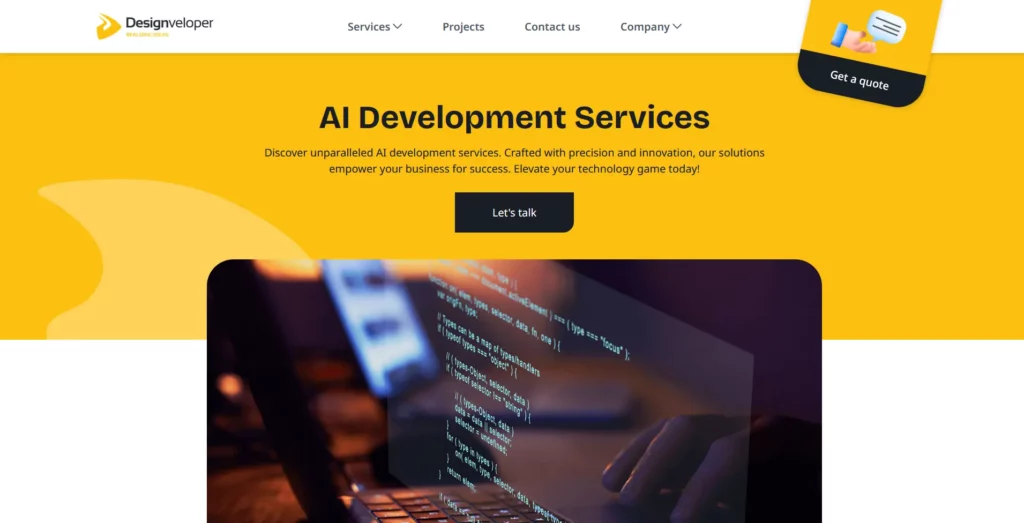
One notable project is our collaboration with Lumin — a document app that lets people view, edit and share PDFs without any fuzz. Lumin uses cloud storage service integrations, making documents accessible, shareable and co-editable from anywhere. It also provides a digital signature feature, through which it simplifies the signing process and safeguard your signature as securely legal. This proves to be especially helpful where documents formal contracts, agreements, etc. are concerned.
To navigate the complexities of AI and IoT integration, it’s crucial to partner with experts who understand the nuances of these technologies. We use pair programming, behavior driven development and test drive development in our team to deliver high quality products in small iterations .
Agility means being flexible, and willing to adapt to new technologies and market needs. By collaborating with experienced partners like Designveloper, businesses can leverage the full potential of AI and IoT, ensuring they remain competitive in an ever-changing digital landscape.
Conclusion
The integration of artificial intelligence and the Internet of Things—commonly referred to as AI and IoT—is rapidly transforming industries worldwide. As the synergy continues to impact different sectors , the global AI in IoT market is projected to reach the mark of $85.20 billion by 2025.
By this fusion, it’s possible to make real time decisions, automate and predict insights that result in a more intelligent, smarter, and autonomous system. For instance, smart cities are leveraging AI and IoT to optimize traffic flow, reduce energy consumption, and enhance public safety .
The number of connected IoT devices is projected to exceed 55 billion by 2025, for which managing and analyzing the large amount of data generated is becoming increasingly critical . Processing this data is crucial to businesses, through which AI acts as a really key player that makes informed decisions and improve their operational efficiency.






Read more topics














